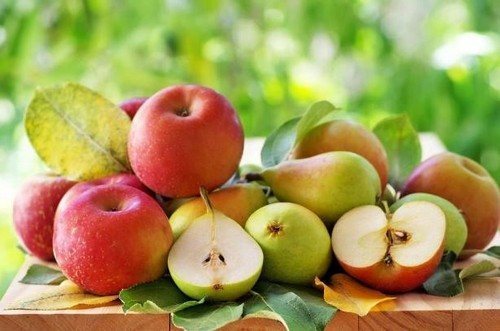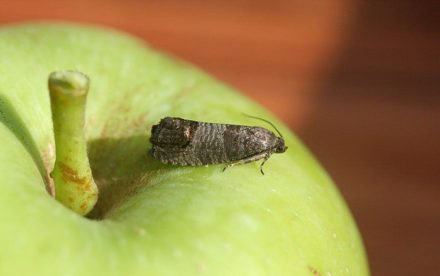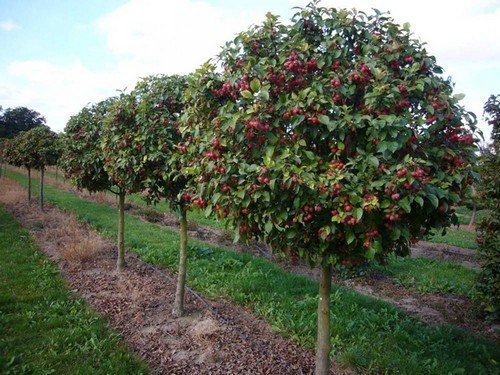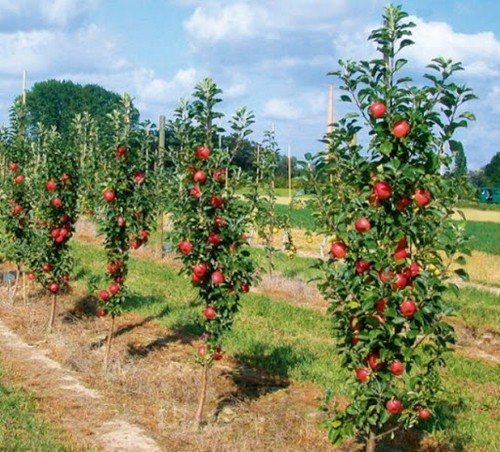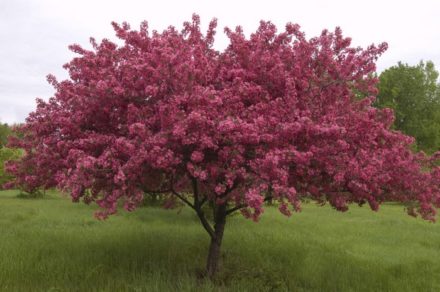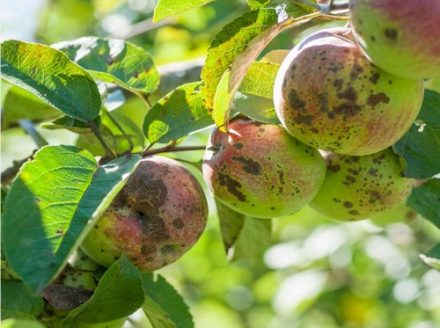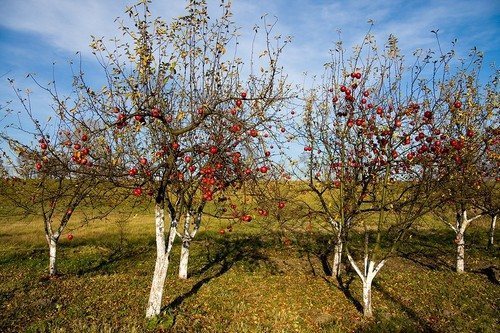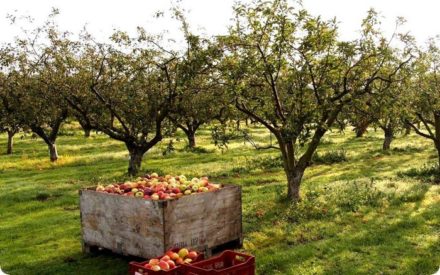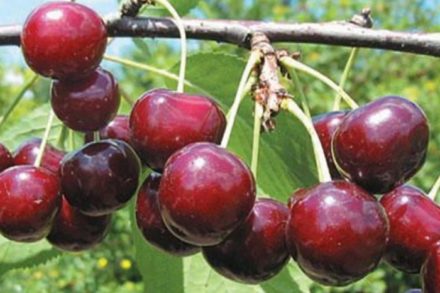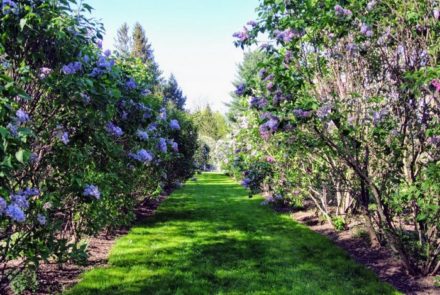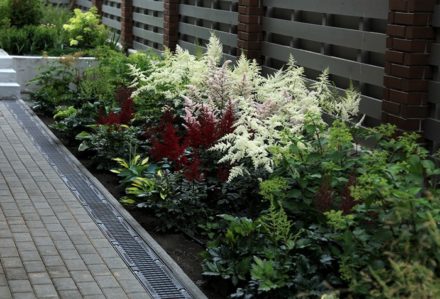A rich harvest of apples is a joy for every gardener. Caring for fruit trees is very important, but even with proper care, sometimes apple trees do not bear fruit and do not even bloom at all in the spring. Breaks can range from a year to 7 years. What does the fruiting of apple trees depend on and is it worth accepting the lack of flowering or is it necessary to take radical measures?
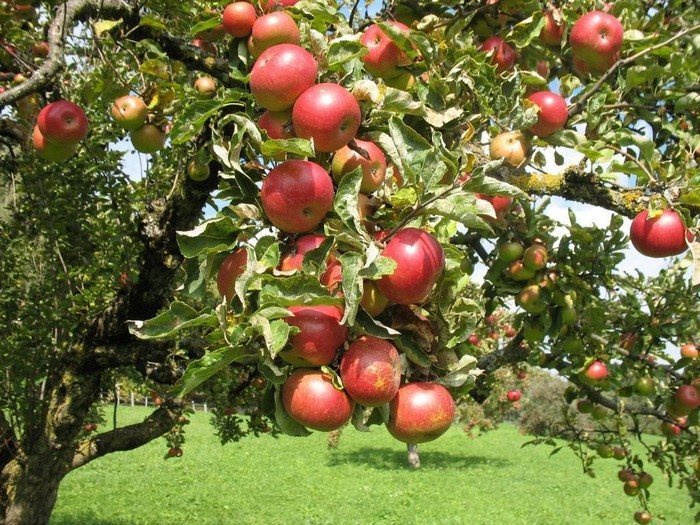
Reasons for the lack of fruiting in apple trees
Breeders and professional gardeners claim that several factors may be the reasons for the lack of flowering in fruit trees:
- Genotype of the variety.
- Incorrect landing.
- Lack of adaptation to regional conditions.
- Errors when feeding.
- Watering mode.
- Pests and diseases.
- Frequency of fruiting.
Depending on the cause, the gardener’s actions to eliminate this problem will differ.
Genotype and flowering frequency
There are two reasons for the lack of apple blossom, which are natural and do not require emergency intervention.
The genotype of the variety affects the fruiting period. Modern amateur gardeners prefer new early-fruiting varieties. They bear fruit already in the first or second year of planting. It might be 2-3 apples, but it's there. Old classic varieties of apple trees may not bear fruit for 5–7 years after planting. And this is also the norm; no feeding or other actions will bring results.
The second natural reason for the lack of color in a fairly mature, previously fruit-bearing tree can be the periodicity of flowering. This applies to varieties such as “Malinovka” or “Antonovka”. These apple trees bloom every other year. In this case, you can find a way out: annual pruning of shoots. These actions will cause the growth of new fruit wood: the flowering cycle will be disrupted, and the tree will bear fruit every year.
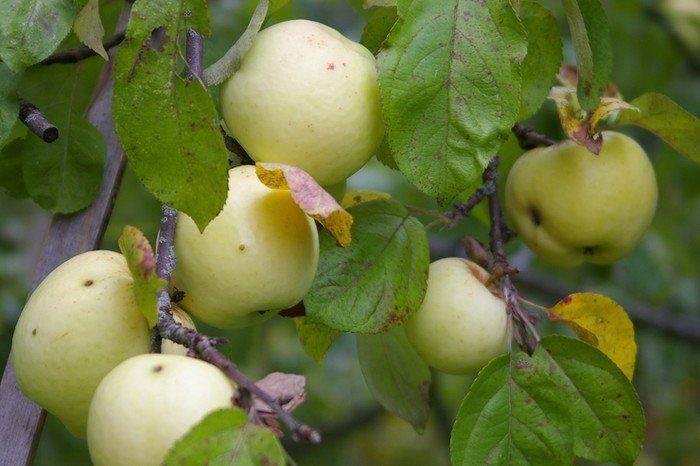
"Apple Tree Whims"
Fruit trees are quite capricious to care for, so the reason for the lack of fruit may be abundant or, conversely, poor watering. The average watering regime should be:
- 2-3 buckets of water per 1 sq. m of the trunk circle of a young shoot;
- 5-8 buckets for trees from 3 to 5 years old;
- 10 buckets for mature apple trees.
The growing season is different for different varieties, so the wrong choice of variety will lead to barren flowers or even the extinction of the fruit crop.
Another common mistake is improper fit. When choosing a place for planting, you should exclude shady, damp places with drafts and monitor the deepening of the seedling. An overly buried seedling will begin to rot and will not bloom or bear fruit.
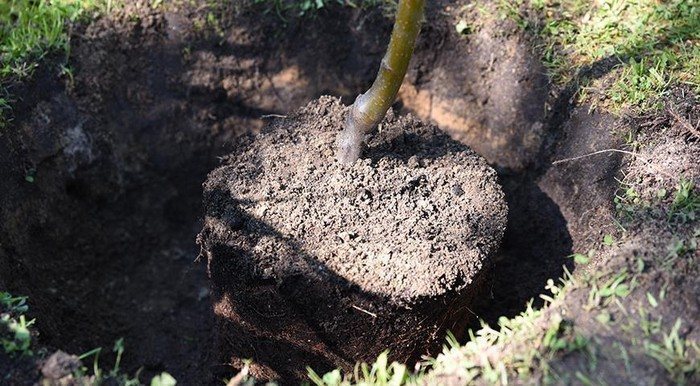
Errors in complementary feeding also disrupt the growing season. Both underfeeding and overfeeding an apple tree are equally harmful. When fertilizing a plant, you should carefully study the instructions and measure the amount of feed based on the variety and age of the plant.
The most common and unpleasant factor that leads to the absence of fruits is pests and diseases of fruit trees. In this case, it is worth carefully examining the tree, its leaves and, having determined the cause, begin treatment.Modern manufacturers offer a wide range of products against pests and fungal diseases.
To obtain a rich harvest, apple trees need care and timely solutions to problems that arise.


